Book Review: An Atlas of Rare and Familiar Colour: Forbes Pigment Collection Atelier Editions Harvard Art Museums
An Atlas of Rare and Familiar Colour takes us on a journey into the shade and light which sketches out the world. The beautifully produced book is a combination of text and Instagram ready images of tinctures, dyes and distillations of pigments. Published by Atelier Editions for Harvard Art Museums, each colour from red to white, to the metallics of gold and silver, has a dedicated chapter.
It confirms how colour swathes us: from the womb, to adult life; it even illuminates the tales of the afterlife. We choose colours instinctively, or to follow trends; they define us as individuals, and our culture too.
Reading about colour pigment might sound like something for wet Sunday afternoon perusal. You would be misled. The passion of the essays provides amusement, knowledge and intrigue to the colours we see and use each day. You quickly discover how the first brown pigments were made from using the remnants of Mummies, and yellow was manufactured by using urine from cows fed on mango leaves; or uncover the subtleties and histories of orange. This Atlas will illuminate even the brightest summer day.
The book introduces you to Harvard University’s Forbes Pigment Collection, which began in the 1920s. Created by teacher and art historian Professor Edward Forbes, who wanted a collection of pigments to allow American art students to have the same authentic experience, and access to colour, as their European counterparts.
The collection became a lifelong passion, as he travelled the world collecting colour pigments and their histories. The collection is still a living, expanding, resource for artists, historians and designers alike.
The pigments were often acquired after labyrinthian adventures or, CSI slike forensic investigations to uncover a colour’s genealogy. We discover the outwardly wholesome emerald greens prevalent in the 19th Century were made from arsenic salt. So popular was the colour with the Victorians, it continued to be used in wallpaper production long after its deathly ramifications became public knowledge. This is a particularly extreme instance which puts todays dedicated followers of fashion into context.
Again and again, the book proves colour is a powerful drug. But despite our addiction, the ubiquity of colour often leads us to the thinnest of interpretations. This Atlas aims to thicken our understanding of the hues we choose to admire. It travels the histories of colour and, like any good map, guides and inspires us to tangible places: Terre Verte; drawn from clay by the Romans and used to symbolise ‘Venus, the goddess of gardens, vegetables, and vineyards’ is an example of how the book attaches colour to place.
The essays, on each tint or shade, provide a cultural context to how decisions on colour are not as benign as we first believed. For colour can excite, and entice: ‘Intoxicating ardour and carnal lust, wanton sensuality and rapacious power…’
Although the book focuses on the art historical; it is easy to see how the alchemy of colour mixes art and design with our day-to-day lives. The book is structured around two introductory texts, which both enlighten us to the technical history of colour. Each colour is then introduced by an essay which provides a cultural and applied explanation of colour.
Modernism is built on colour – either its purity or absence. Each chapter opens with a quote from a practitioner. All are well chosen and act to provide the parameters of the essay.
The opening quote for the essay on Metallic, from Andy Warhol, seamlessly captures the protean nature of colour: ‘It was the perfect time for silver [the 1960s]. Silver was the future … astronauts wore silver suits. And silver was also the past – the silver screen – Hollywood actresses photographed in silver sets.’
If colour is associated with glamour, maybe a counterpoint is its role in society more broadly. The most cursory look at renaissance painting will see a preponderance of blue and purple associated with social standing: religion, royalty, and commerce.
The chapter ‘Earth Colours’ excavates this relationship between colour and social standing, where earthy colours are: ‘Emblematic of peasantry and impoverishment’ or wealth in renaissance Venice. When merchants specialised in colour – vendecolori – who promoted the new, and oft imported, colours of an expanding world.
The notion of colour as a globalised product is a prescient one today. We often appropriate earthly colours – or calicos – to imbue a sense of nature as a badge of authenticity. And ‘green-washing’ is often used in the context of companies which attach themselves to fashionable environmentalism. Both are examples of colour as a conduit to broader meanings and associations. Not just the magical, but the power of colour in culture. Colours importance, just as with the 15th Century vendecolori, is ownership and conspicuous display.
The book points out how today, contemporary artists licence pigments to be exclusively used in their work: Anish Kapoor has rights to VantaBlack, produced in the UK by NanoSystems. An ominous colour which hardly reflects light – like a blackhole. It is hotly debated whether it is right for companies, or artists even, to have exclusive copyright on any given colour.
The essays often reconfirm our own feelings and attractions to colour, and the vigour of the writing sweeps you into the maelstrom. The book provides a lexicon to understand, interrogate, and express colour. But it also provides an important framework to appreciate how colour interweaves both the physical and psychological in the world. Colour gives life meaning.
[Please note this post contains affiliate links and we may earn a commission if you make a purchase.]





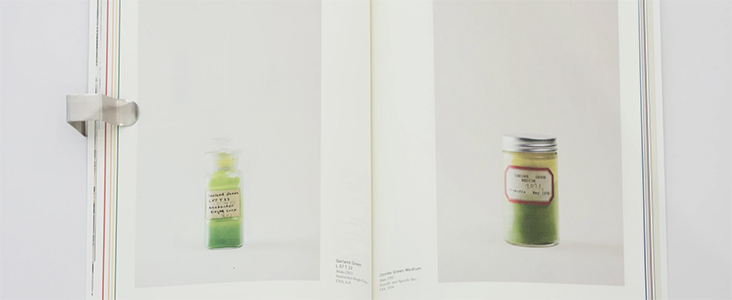
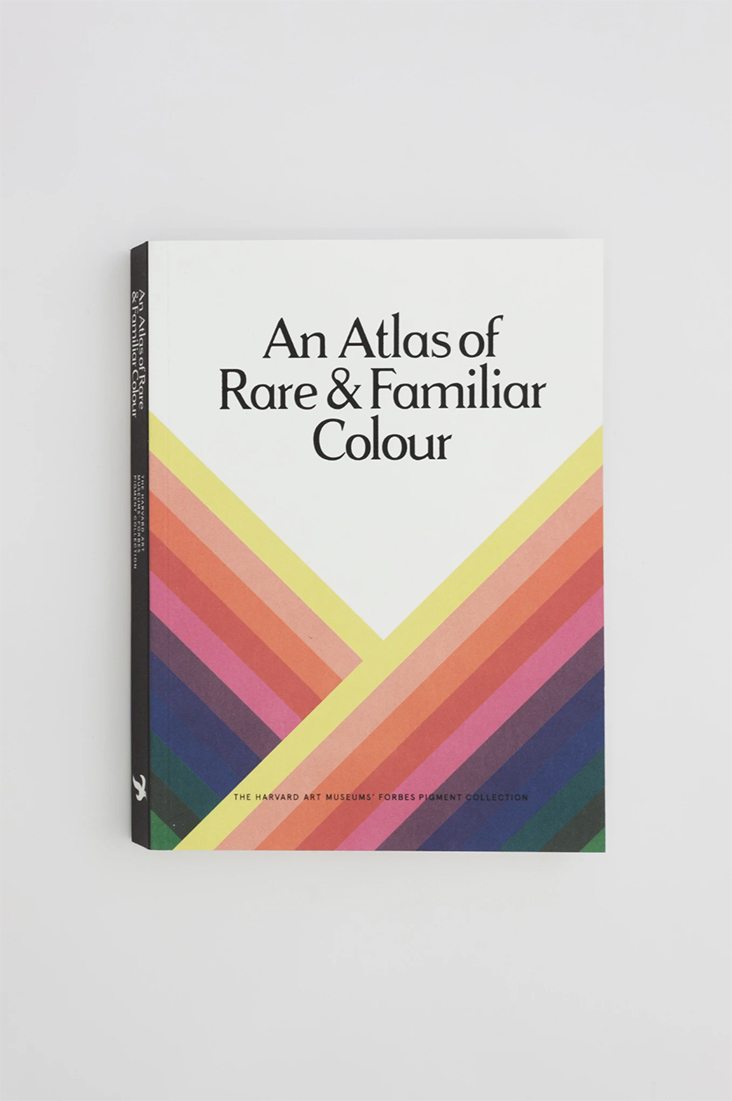

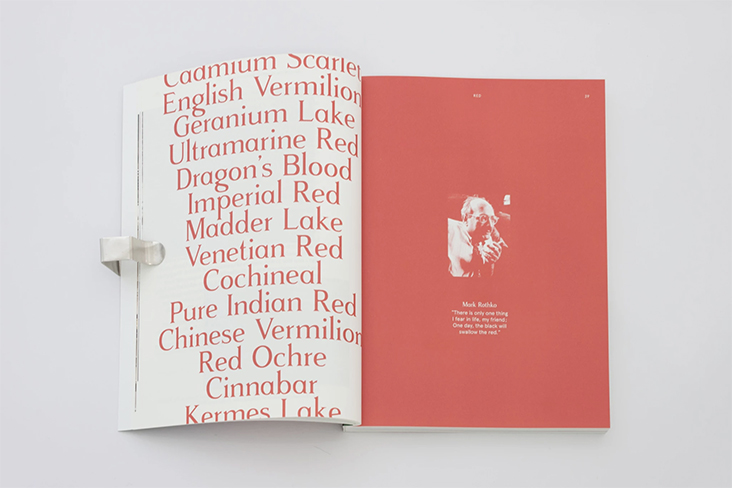
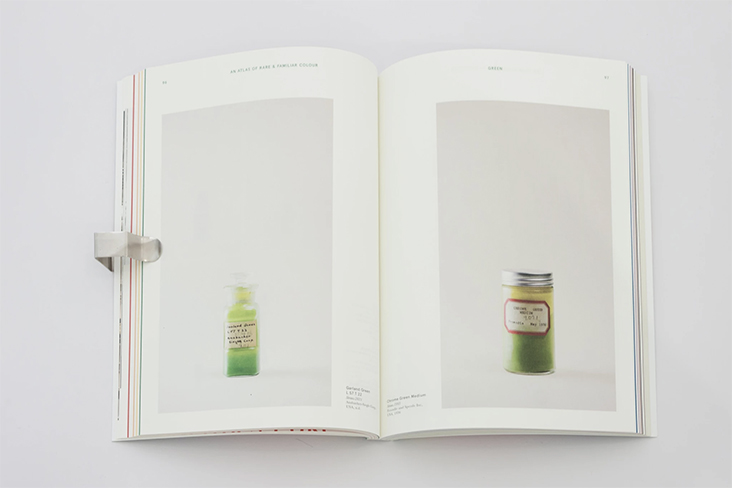
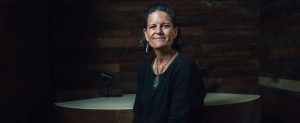
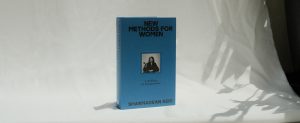

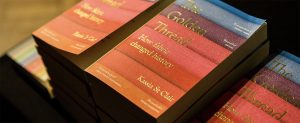
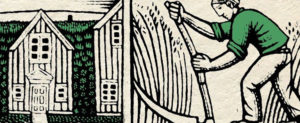











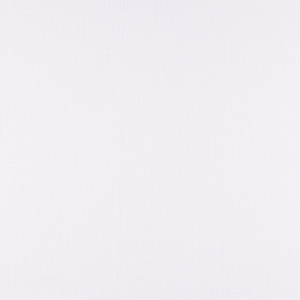


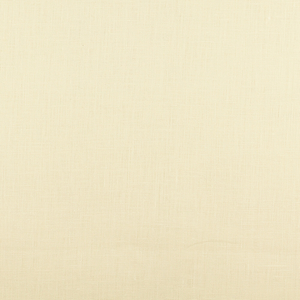
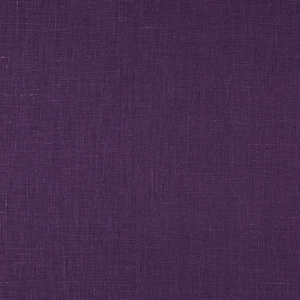
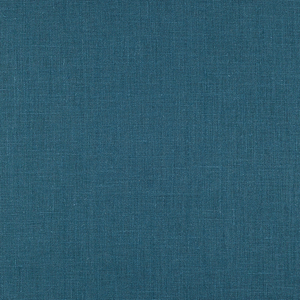

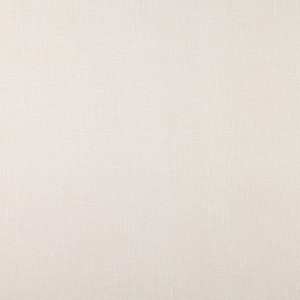















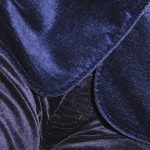


5 Comments
Millicent Cole
It would have been nice if you included a link. I went to the Tenderbooks website and they don’t even have a search function b
Julia Fletcher
It’s under the Heading:Design. Also, it’s sold out.
Colin Davies
Hello, it is available on the UK Amazon site – now published by Atelier Editions
https://www.amazon.co.uk/Atlas-Rare-Familiar-Colour-Collection/dp/0997593547/ref=sr_1_1?crid=ILXBGRJF2HTC&keywords=an+atlas+of+rare+and+familiar+colour&qid=1576617823&sprefix=an+atlas+of+rare+and%2Caps%2C151&sr=8-1
Hope this helps
Colin
Colin Davies
Hello, it is available on Amazon or direct from the publisher at http://atelier-editions.com/store/an-atlas-of-rare-familiar-colour
Hope this helps
Colin Davies
Masha Karpushina
Hello, I’ve just put the link in